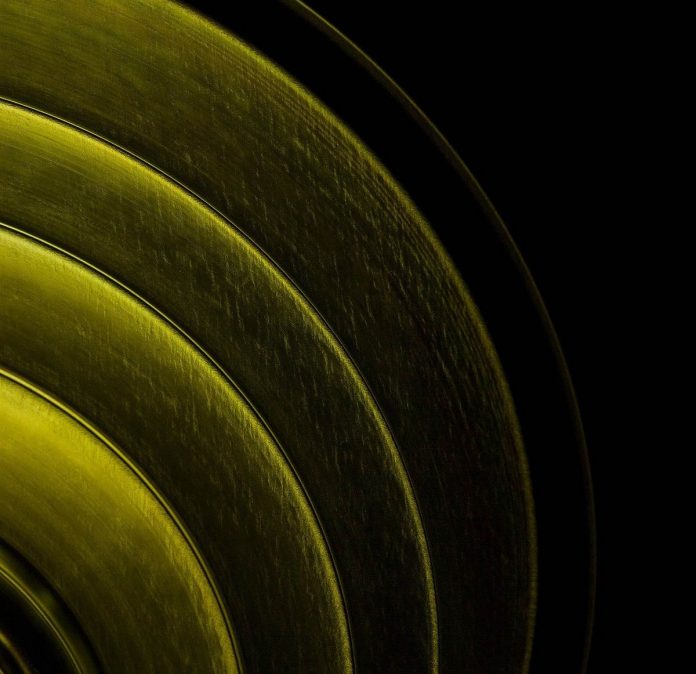An international team of scientists has measured oscillations of a magnetar during its most violent time, for the first time. The magnetar released energy similar to the sun produces in 100,000 years. The observation was done by an artificial intelligence system which has been developed at the University of Valencia.
A neutron star can have a half-million times the mass of the Earth in a diameter of about 20 kilometres. These objects suffer violent eruptions is little known to scientists because their duration is 10ths of a second. It is challenging for science and technology to detect them.
Scientists thought if there are high frequency oscillations in the magnetars. The study has been published in Nature. Scientists measured oscillations of the magnetar during its most violent time. This time is crucial to understand giant magnetar eruptions. The research has been conducted by six researchers from the University of Valencia.
Scientists said the eruptions in magnetars can be caused by instabilities in their magnetospheres. They said the oscillations are consistent with the emission of the interaction with the Alfvén waves. The energy of the waves is rapidly absorbed by the crust. So, in milliseconds, the pulses detected in GRB2001415 ends. The analysis of the event has estimated the volume of the eruption and it was greater than the neutron star itself.
The ASIM instrument detected the eruption. ASIM is the only telescope that can register the main phase of the eruption in its full energy range. The team of scientists solved the temporal structure of the event. It took years to analyse the data collected in two seconds.
ASIM’s objective is to look for violent phenomena in the Earth’s atmosphere. ASIM is carrying out this activity since June 2018. The telescope has detected 1,000 gamma-ray eruptions.
But the detection of the oscillations in GRB2001415 was challenging. The artificial intelligence system and new data analysis techniques helped the researchers to detect this spectacular event. These eruptions have been found in two of the 30 known magnetars. But GRB2001415 is the most distant magnetar eruption captured as it is situated 13 million light years away

